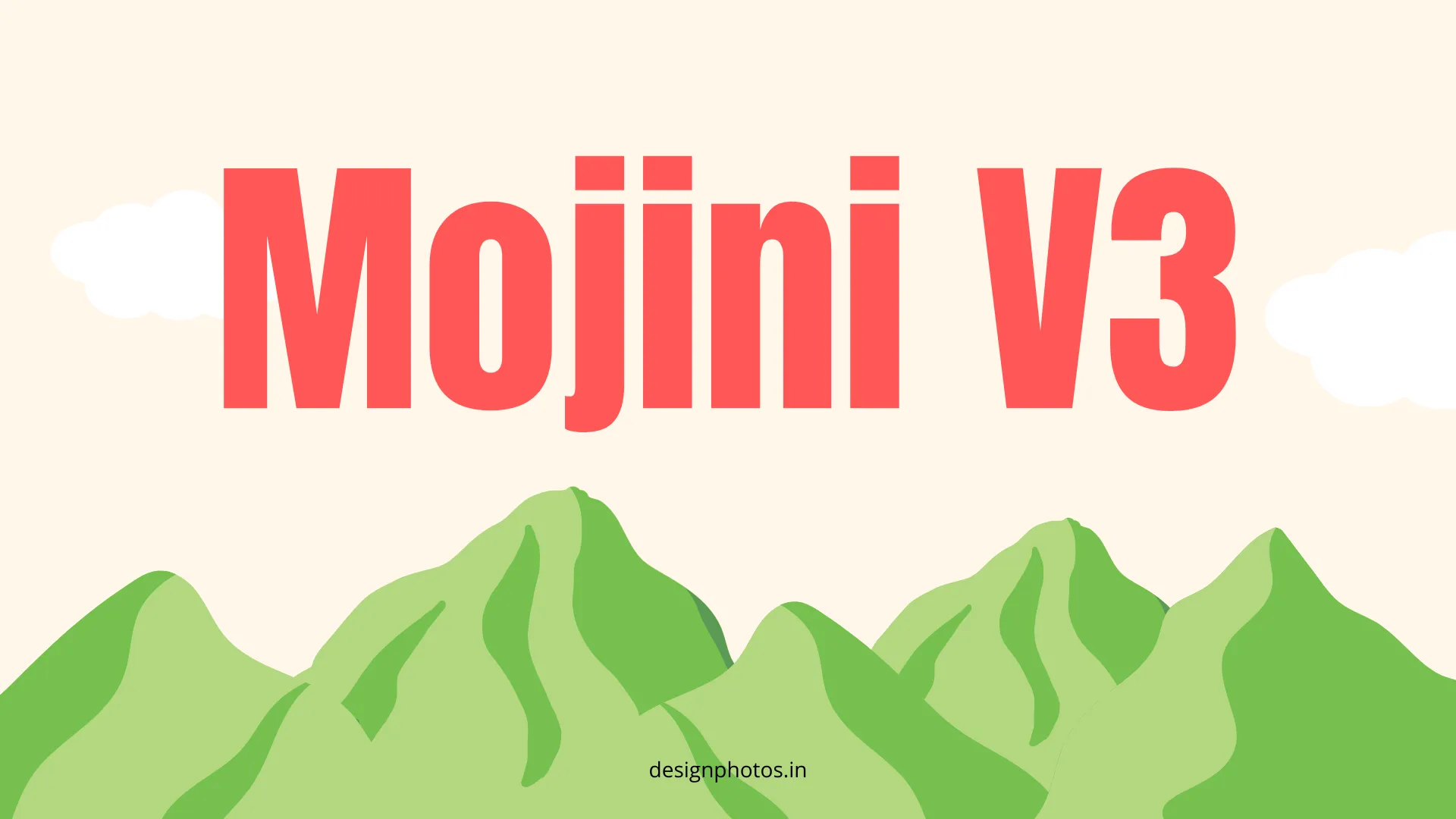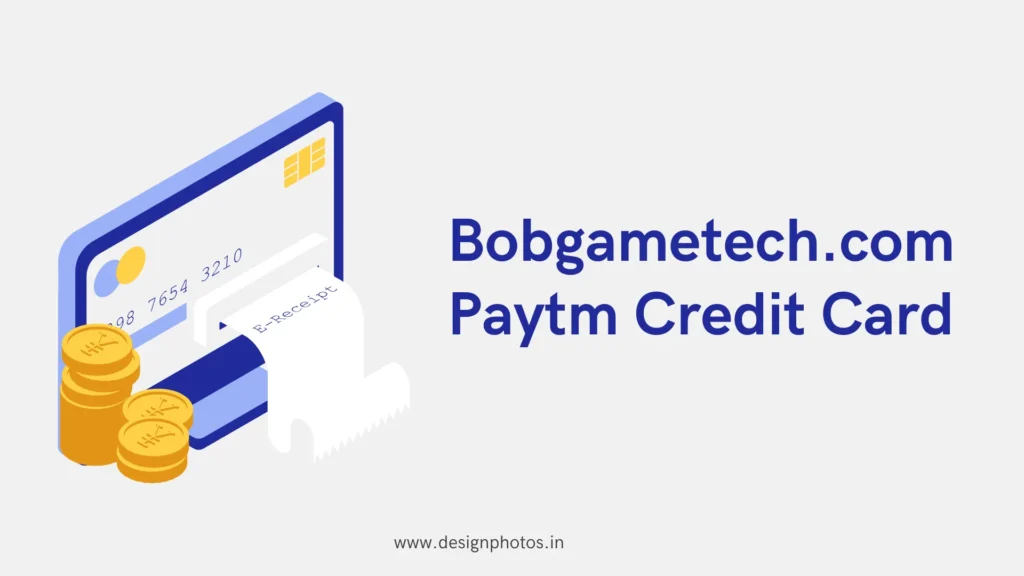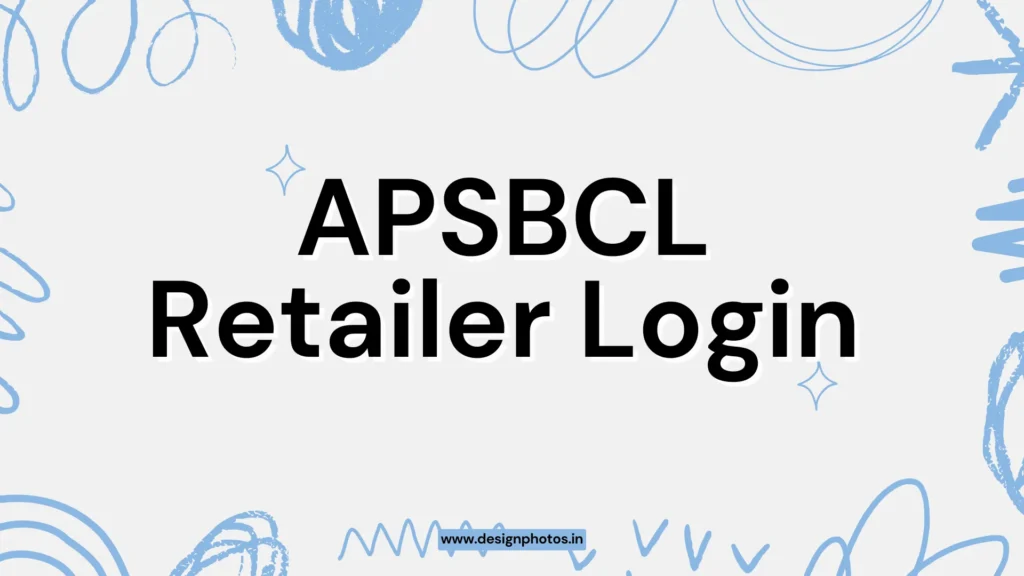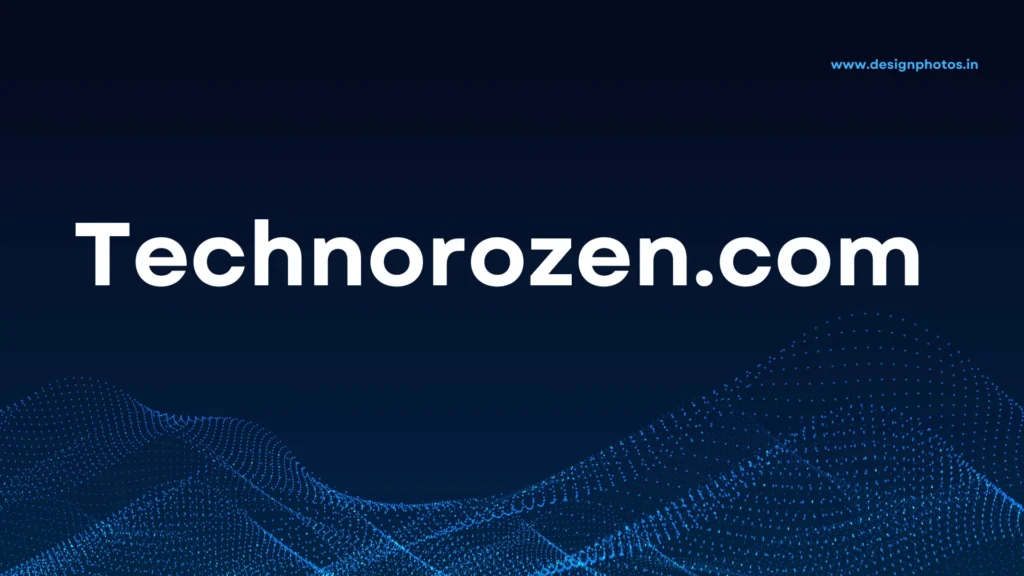Digitized land services like Mojini V3 streamline property workflows by improving transparency, speeding access to records, and reducing in-person visits to government offices. This comprehensive guide explains what Mojini V3 is, how it connects with Karnataka’s land ecosystem (such as RTC/Pahani and revenue maps), and step-by-step ways to use it effectively. The post is designed for landowners, buyers, surveyors, and real estate professionals looking to understand features like 11-E sketches, application tracking, and survey documents in depth.
What Is Mojini V3?
Mojini V3 is Karnataka’s upgraded platform for land record and survey-related services, offering digitized access to sketches, survey documents, application status, and more in one integrated system. The platform is part of a broader initiative to make land services transparent, traceable, and easy to access via web and mobile channels. Within the state’s ecosystem, Mojini V3 complements services like Bhoomi Online and RTC/Pahani to help stakeholders verify land details, boundaries, and ownership history.
Evolution and objectives
- Evolution: Mojini has evolved from earlier versions to V3 with a focus on usability, speed, and broader document coverage for survey and mapping needs. The latest iteration emphasizes cleaner interfaces, better status tracking, and more robust document downloads.
- Core objectives: The platform’s main goals include transparency in survey processes, accessible public services, and digitization of critical land documents to minimize errors and reduce manual interventions.
- Ecosystem fit: Mojini V3 pairs with RTC/Pahani for ownership and record-of-rights checks, while revenue maps and sketches help validate boundaries and support due diligence during transactions or disputes.
Key Features and Services
- Application status tracking: Track the lifecycle of requests (e.g., sketch applications) through stages such as submission, verification, processing, and completion. Status visibility helps anticipate next steps and timelines without repeated visits to offices.
- Allotment status: Provides clarity on allotment-related workflows, aiding stakeholders in confirming whether specific parcels or survey requests have been processed or assigned.
- 11-E sketch and revenue maps: Mojini V3 enables viewing or downloading 11-E sketches and revenue maps to visualize parcel boundaries, dimensions, adjacent plots, and survey references. These are crucial for boundary verification, purchase due diligence, and loan processing.
- Survey documents (Tippan, Pakka Book, Atlas): Core survey records such as Tippan (field measurement book), Pakka Book (finalized measurements), and Atlas (map compilations) are accessible to ground decisions and resolve discrepancies with authoritative references.
- Dispute cases and MIS reports: Visibility into dispute cases and management information reports supports data-driven decision making, planning, and escalations where necessary.
- Mobile app access: Mojini V3 provides a mobile interface for quick checks, downloads, and status tracking on the go, improving accessibility for field visits, bank processes, and surveys.
Also Read – Maxxfour.com: A Deep Look at Its Pros, Cons & Safety
Eligibility, Documents, and Fees
- Eligibility: Mojini V3 is intended for stakeholders involved in Karnataka land parcels, including owners, prospective buyers, legal representatives, surveyors, and lenders who require authenticated survey records.
- Required documents: Common inputs include the survey number; village/taluk/hobli details; owner identifiers; and relevant application details. Identity proofs may be required depending on the service.
- Fees and charges: Fees vary by service type (e.g., obtaining a certified 11-E sketch versus viewing a map). Always verify current rates on official channels before applying, and keep digital payment options ready to expedite submissions.
How to Use Mojini V3: Step-by-Step
Access the portal or app
- Open the official portal or mobile app to view services like sketch requests, application tracking, and document downloads.
- Ensure correct district/taluk/village selection to narrow results to the right jurisdiction.
Search land records
- Use survey number-based search; if unsure, cross-verify via village and hobli to avoid mismatches.
- When possible, combine owner name, survey number, and village identifiers for precise results.
Apply for sketches/survey documents
- Choose the service (e.g., 11-E sketch) and fill in the form carefully, matching names and survey identifiers with official records.
- Upload required supporting documents, review entries, and submit with the applicable fee.
Track application/allotment status
- Monitor progress via the status dashboard to see whether the application is under verification, pending field work, or ready for download.
- Enable notifications (if offered) to stay informed of movement without repeated manual checks.
Download and verify outputs
- Download the sketch or survey document when ready and verify details like plot boundaries, dimensions, and neighboring parcels.
- Cross-reference with RTC/Pahani and revenue maps to ensure consistency across ownership and boundary data.
Understanding Survey Documents
11-E/Sketch
- A standardized sketch showing plot boundaries, measurements, and adjacency, helpful for transactions, boundary demarcations, and legal compliance.
- Includes survey numbers, directional bearings, and dimensions used for on-ground verification.
Tippan (Field Measurement Book)
- Contains raw measurement notes taken during field surveys.
- Useful when validating historical or current dimensions and resolving discrepancies.
Pakka Book
- Represents finalized survey measurements after validations and corrections.
- Often referenced for disputes, mutations, and official confirmations.
Atlas
- A compiled map reference at a larger scale that contextualizes parcels within a wider area.
- Useful for planning, infrastructure alignment, and comparative checks across multiple plots.
Revenue maps vs. RTC/Pahani
- Revenue maps: Visualize spatial layout and relationships among plots; great for boundary context and adjacency.
- RTC/Pahani: Textual record-of-rights data including ownership, tenancy, and crop details; essential for legal and financial verifications. Used together with Mojini V3, these ensure both spatial and legal clarity.
Common Use Cases
- Property due diligence: Buyers, sellers, and lenders verify that boundaries and ownership match the intended parcel, preventing encroachments and disputes.
- Boundary verification and dispute prevention: 11-E sketches and Tippan notes help reconcile on-ground boundaries with official records.
- Mutation support: Accurate survey documentation facilitates updates to land records after sales, inheritance, or partition events.
- Bank loans and valuation: Lenders often require authenticated sketches and consistent records to process mortgages or agriculture loans efficiently.
Troubleshooting and FAQs
- Can’t find survey number: Reconfirm village/taluk/hobli data and check historical aliases or administrative changes; consult revenue maps for visual cues.
- Application stuck in processing: Common reasons include missing documents, discrepancies in owner details, or pending field verification. Review submission, correct errors, or contact support with the application ID.
- Name/ownership mismatch: Verify RTC/Pahani entries and initiate corrections through the appropriate mutation or rectification process if inconsistencies are found.
- Download/login issues: Clear cache, try a different browser or device, ensure correct credentials, and retry during off-peak hours to avoid server congestion.
Data Accuracy, Transparency, and Security
- Reduced errors: Digitally generated outputs and standardized formats (like 11-E) reduce manual transcription errors and improve consistency.
- Transparency: Status tracking and digital acknowledgments increase accountability by showing actions taken at each step in Mojini V3.
- Privacy and security: Official platforms implement secure data handling and controlled access to sensitive records; share downloaded files carefully and store them securely.
Also Read – Usanews city.com: Latest US News, Stories & Insights
Tips for Faster Approvals
- Complete documentation: Upload legible, complete documents and ensure that names, survey numbers, and village codes match official records exactly.
- Accurate inputs: Use precise boundary information and correct survey identifiers; small mistakes often cause avoidable delays.
- Proper service selection: Choose the correct sketch or document type for the intended purpose (e.g., 11-E for boundary clarity), and provide any additional information requested on Mojini V3.
When to Visit the Revenue/Survey Office
- Field verification: Situations needing on-ground measurement, complex boundary disputes, or physical demarcation typically require scheduled field surveys with officials.
- Escalations: If applications remain unresolved after digital follow-ups, escalate in person with acknowledgments, receipts, and supporting evidence for quicker resolution.
- Coordination with licensed surveyors: For nuanced boundary issues, working with licensed surveyors ensures accurate measurements and smoother interactions with officials.
Integrations and Future Roadmap
- GIS and satellite layers: Deeper integration can enhance accuracy and help visualize terrain features that affect boundaries and access.
- e-Sign and e-Stamp: Wider adoption of electronic signatures and stamps can streamline authentication and cross-department acceptance in Mojini V3 workflows.
- Automation and analytics: Smarter notifications, SLA-based progress indicators, and dashboards can reduce friction and improve planning for both citizens and officials.
Legal and Compliance Notes
- State rules: Services align with Karnataka’s land administration framework; always consult official guidelines for service-specific rules, fees, and document validity.
- Validity of digital documents: Digitally issued sketches and certified copies are generally recognized when issued by the authorized portal; verify whether a physical certified copy is required for specific legal actions.
- Disclaimers: Maps and sketches are authoritative only within the scope defined by the issuing authority; where conflicts arise, final adjudication or official field survey may be required.
Checklist and Resources
Before applying
- Survey number, village, hobli, and taluk details confirmed.
- Owner details and identifiers verified against RTC/Pahani.
- Purpose clarified (purchase, loan, mutation, boundary dispute).
- Required documents scanned clearly (readable, correct formats).
- Payment method ready and sufficient balance ensured.
During application
- Form entries match official records exactly (spelling, codes).
- Right service type selected (e.g., 11-E sketch, revenue map).
- Contact details entered correctly for notifications and updates.
After submission
- Track status regularly and respond to queries or objections promptly in Mojini V3.
- Download and store documents securely; keep backups in cloud storage.
- Cross-verify downloaded outputs with RTC/Pahani and revenue maps.
Conclusion
Mojini V3 centralizes essential survey and land record services, reducing manual friction and enabling faster, transparent access to critical documents like 11-E sketches and survey records. To get the most from Mojini V3, prepare accurate inputs, verify details against RTC/Pahani, and follow best practices for status tracking and escalation when needed. For sensitive disputes or complex boundary cases, coordinate with licensed surveyors and relevant offices to ensure that on-ground realities match the digital records.
FAQs
Q1) What is Mojini V3?
Mojini V3 is Karnataka’s digital platform for survey and land record services, providing access to 11-E sketches, revenue maps, application status, and related documents in one place. It is operated under the state Revenue Department to improve transparency and accessibility of land data online.
Q2) How can Mojini V3 application status be checked?
Visit the official portal, open the Application Status or Track Status section, and enter either the Application Number, Mobile Number, or Survey Number to view real-time progress. Typical stages include Pending, Processing, Approved, or Rejected, with notes guiding next steps where applicable.
Q3) What documents can be viewed or requested in Mojini V3?
Users can view or request 11-E/alienation/phodi sketches, revenue maps, and survey documents such as Tippan, Pakka Book, and Atlas, depending on availability. These help verify parcel boundaries, ownership context, and official measurements for transactions and disputes.
Q4) Is there a Mojini V3 mobile app?
Yes, Mojini V3 access is available via mobile; users can search for “Mojini” in app stores to install, then log in to view sketches and track applications on the go after basic registration. App setup typically involves account creation, OTP verification, and secure login.
Q5) What should be done if the Mojini V3 login fails or records are missing?
First reset the password via “Forgot Password,” ensure correct village/taluk/hobli and survey details, and try again in a different browser or off-peak hours; if issues persist, contact support or visit the Revenue/Survey office with IDs and application references. Persistent data mismatches may require mutation or rectification requests through official channels.



